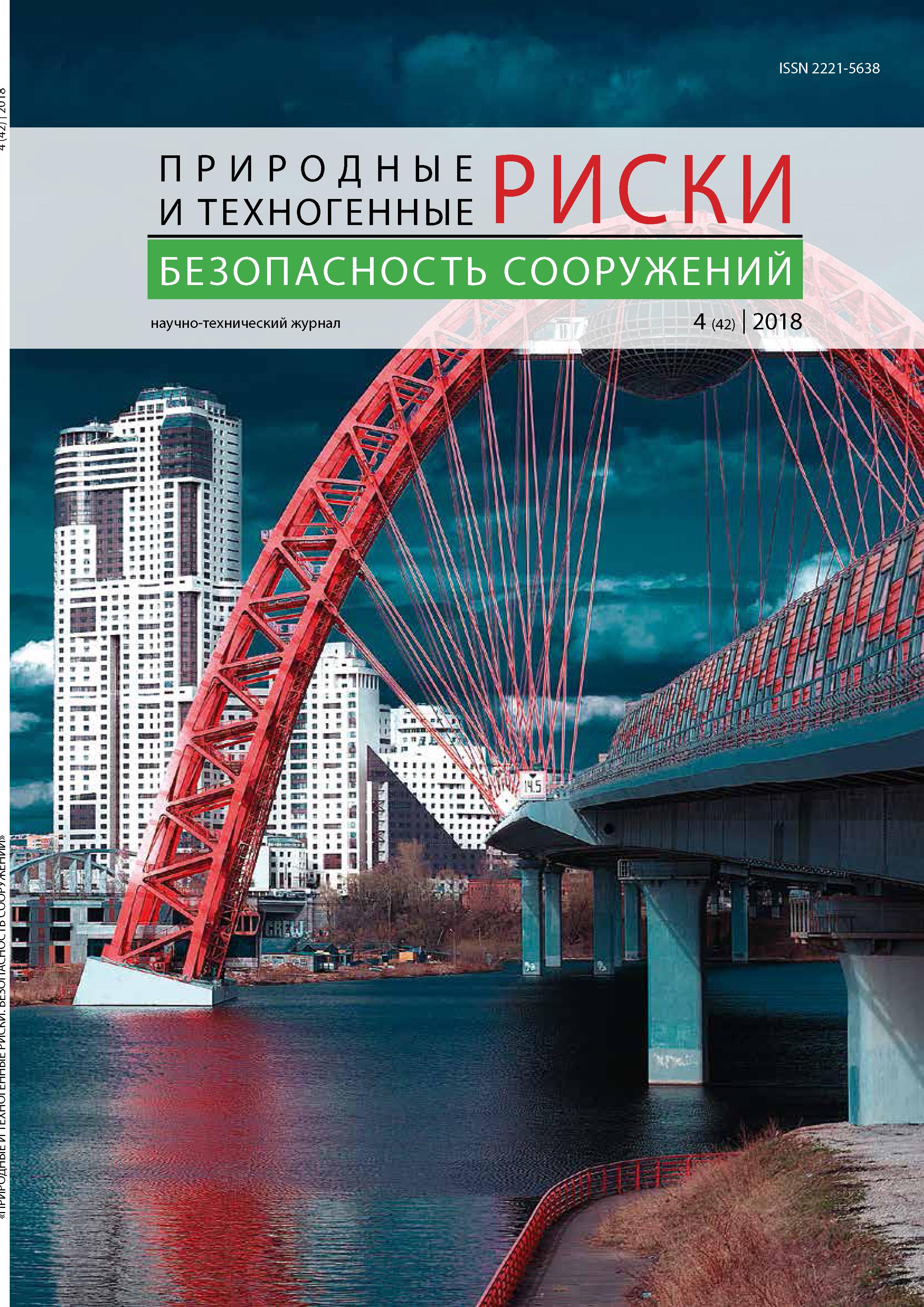Theoretical and experimental studies
Estimating the reduction factor from the positions of limit structure displacement
Authors: Benin A.V., Nesterova O.P., Sibul G.A., Uzdin A.M.
Key words: seismic stability, inelastic behavior, limiting displacements, seismic loads, reduction factor.
A method of calculating the reduction factor (coefficient K1 in Russian Guidelines) of seismic loads based on the concept of the limit structure displacement has been proposed. The connection between the proposed method and conventional one, which is based on the seismic loads analysis, has been considered. The existence of design and ultimate ductility factors as well as corresponding to them both design reduction factors and ultimate reduction factors have been stressed. The ultimate factors are connected with loads breaking the structure and can be used in normative structure calculations. The design factors are connected with a certain action and can be used to correlate the design displacement and the elastic structure limit. Recommendations on setting the coefficient K1 in our Guidelines have been proposed.
Bulk natural materials in the systems of seismic protection of buildings
Authors: Belash T.A., Demenkova M.S.
Key words: bulk material, sand, gravel, seismic protection, seismoisolating foundations, elevated design.
In earthquake engineering natural materials of various types are widely used among which a special place occupy loose materials of sand, gravel, rubble, etc. Using this material can significantly reduce the impact the seismic impact. This article discusses options for the effective use of bulk materials in various designs of seismic protection of buildings.
Setting the seismic input level for estimating the seismic resistance capacity of facilities in performance based designing
Authors: Areschenko T.S., Prokopovich S.V., Sabirova O.B. Frolova E.D.
Key words: seismic resistance, scale of ballistics, seismic impact, calculated acceleration.
A method of determining the design seismic input level on the basis of the instrumental part of the F. F. Aptikayev new scale is proposed. The method includes 4 stages. At the first stage, the design input intensity is determined using design earthquake repeatability. At the second stage, the peak ground acceleration corresponding to the seismic intensity is determined. At the third stage, the design acceleration is adjusted taking into account the prevailing impact period. At the fourth stage, the design acceleration is adjusted taking into account the given probability of it being exceeded by actual ones. Examples of calculating peak accelerations are given.
The safety of hydraulic structures
Standing waves in the dam of the boguchan and chirkean hydroelectric power station
Authors: Emanov A.F., Bach A.A., Kletsin V.I.
Key words: dams HPP, own vibrations, standing wave, seismic resistance, Angara.
The dam of the Boguchany HPP was studied by the standing wave method. Four natural frequencies of a stone dam and installed facts in the rock-bulk part of the dam have been identified. On the dam»s own vibrations, the block structure of the concrete dam is reflected. So at the frequency of 3.222 Hz, the first mode of the station part of the dam was studied, and at the frequency 3.515 Hz the third mode of the station and deaf parts of the dam was studied. Two more standing waves are the sixth and eighth modes for vibrations in the concrete dam as a whole. The obtained data are important for the experimental substantiation of dam models and for the system of engineering-seismological monitoring.
Analysis of consequences of natural disasters
Spitak 1988 earthquake in northern armenia is an example of a well studied seismic events in the last years of the soviet union
Authors: Rogozhin E.A.
Key words: earthquake, Spitak, Armenia, seismic rupture, seismic stations, model of hearth.
Spitak earthquake — a catastrophic earthquake in 1988 in the article the peculiarities of subsurface structure of seismogenic rupture kinematics of displacements, the seismic structure of the hearth.


